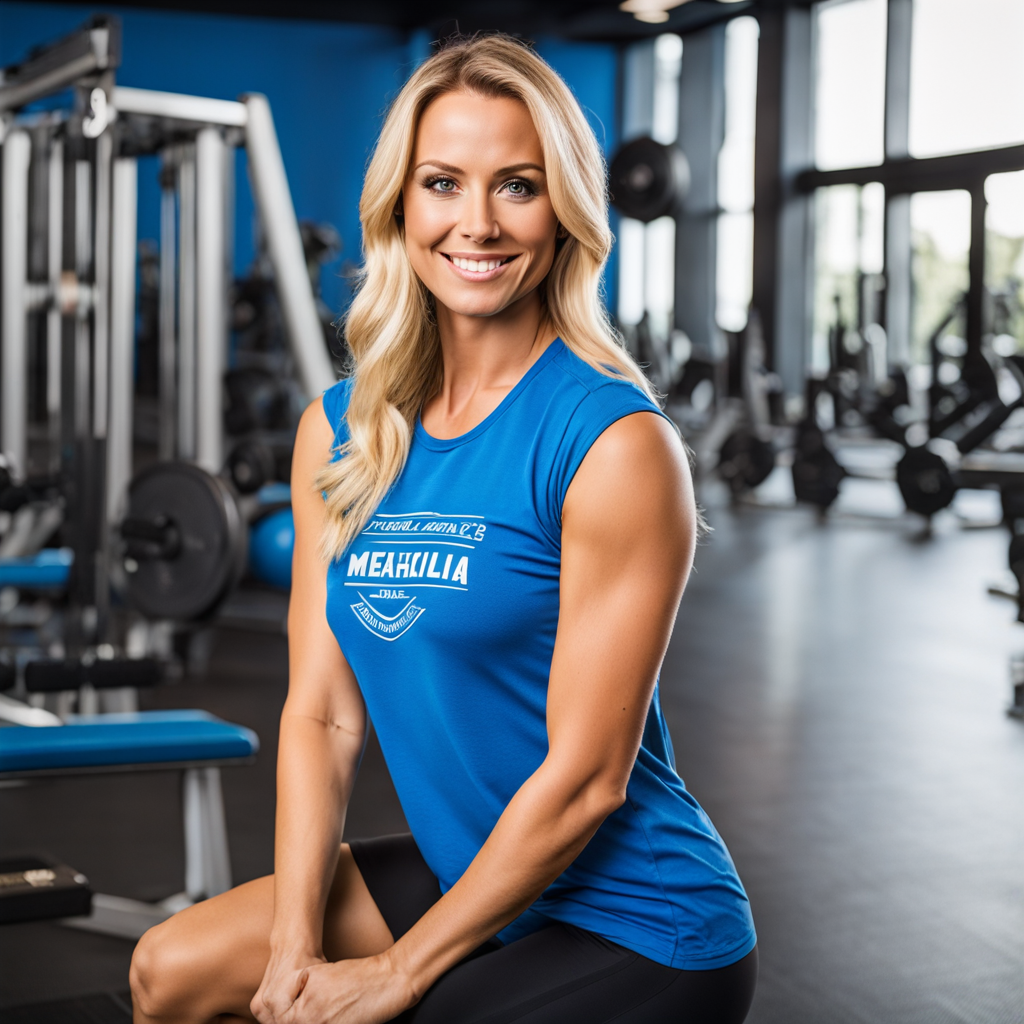Have you ever pondered the fate of your body fat when you shed those pounds? Does it simply vanish, get expelled from the body or transform into muscle? The response might catch you off guard.
How Fat Loss Works
Your body has a way of storing energy from the food you consume. It does this by converting it into triglycerides which are carbon, hydrogen and oxygen molecules stored in cells. This serves as a reserve for energy needs.
When you consume less calories than your body burns it creates what's called a calorie deficit. This prompts your body to release stored fat from the cells and transport it to the mitochondria which are like mini powerhouses within your cells responsible for producing energy. Through a series of processes the fat is broken down to produce energy.
This energy is vital for functions in your body such as keeping your heart pumping enabling you to breathe properly aiding digestion and allowing your muscles to move gracefully. Additionally this process also generates heat that helps maintain your body temperature at a level.
As part of this metabolic process the byproducts produced are carbon dioxide and water. You simply exhale the carbon dioxide through your lungs while the water mixes into your circulation until it is eventually eliminated through urine or sweat.
How Diet and Exercise Affect Fat Loss

To effectively lose fat two key factors come into play; your diet and exercise routine. By following a nutritious diet that creates a calorie deficit you can prompt your body to utilize stored fat as an energy source. Regular exercise complements this process, by increasing your calorie expenditure and promoting blood circulation to both your muscles and fat cells resulting in the release of fat for energy.
It's worth noting that the type and intensity of exercise you engage in also play a role. Incorporating resistance training, such as weightlifting or using resistance bands can help maintain or even build muscle mass. This is particularly beneficial because having more muscle boosts your metabolism and enables you to burn calories when at rest. On the other hand, aerobic exercises like running or cycling contribute to improving health and enhancing endurance.
According to recommendations from the American College of Sports Medicine, aiming for 150-250 minutes of moderate intensity exercise per week is ideal for weight loss purposes. Breaking it down further this translates to 30-50 minutes of exercise on five days each week. For best results it's advisable to incorporate both resistance training and aerobic exercises into your workout routine.
Where Fat Is Lost First
The distribution of loss is influenced by factors, including genetics, hormones and gender. In general fat tends to be lost in the areas where it is stored most. So if you have fat around your belly you may notice that area shrinking first when you start losing weight.
However it's important to note that targeting areas for loss through specific exercises is not effective. For example, doing crunches alone won't make you lose belly fat faster than doing squats. To see changes in any area of your body you need to focus on reducing your body fat percentage.
There are some patterns observed in the process of loss;
- Typically women tend to experience loss in their breasts and then gradually in their hips, thighs and arms.
- Typically fat tends to be lost in the torso region for men and then gradually in the chest, back and legs.
- It's commonly observed that both men and women tend to experience a reduction in fat as one of the changes in their overall body composition.
How Long It Takes to Lose Fat
The rate at which you lose fat depends on the calorie deficit you create. How consistently you follow your diet and exercise plan. A safe and sustainable weight loss rate is typically around 1-2 pounds (0.5 1 kg) per week. This means aiming for a calorie deficit of 500-1000 calories.
However, it's important to note that this rate can vary based on factors such as your starting weight, age, activity level and metabolic rate. Initially you may experience weight loss as your body adapts to the changes in your diet and exercise routine. It's also common to see fluctuations in weight due to factors, like water retention or hormonal changes.
Ultimately the key is to focus on making lifestyle changes that you can maintain in the run. Don't be discouraged by setbacks or periods where your progress seems stagnant. Remember that losing weight not only improves your appearance but also contributes to your health and well being.
Summary
Losing weight happens when you eat less calories than you burn, creating a calorie deficit. In response your body uses stored fat as energy and converts it into carbon dioxide and water which are eliminated through breathing and excretion.
The two main factors that influence weight loss are diet and exercise. By maintaining a diet that creates a calorie deficit and regularly engaging in physical activity, you can encourage your body to burn more fat and improve your overall well being.
The distribution of loss varies across different parts of the body based on genetics, hormones and gender. While targeted exercises cannot specifically reduce fat in specific areas, following a balanced and consistent weight loss plan can help decrease your overall body percentage.
It's important to remember that losing fat takes time and patience. The results are well worth the effort. Shedding fat can not only enhance your physical appearance, but also boost your confidence and improve your quality of life.






